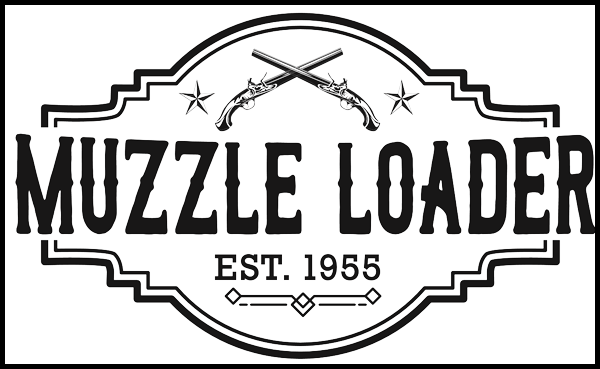Montana
The first wildlife death attributed to the Stillwater County train derailment has been reported

Montana – An eastern Montana photographer recently expressed concerns about the contents of the train cars discovered downstream as they are still being pulled out of the Yellowstone River more than a week after a bridge fell and a train derailed in Stillwater County.
Alexis Bonogofsky photographed the asphalt at the river’s edge after paddling as far upstream toward the derailment as she could. She shared the images on social media in an effort to raise awareness of the issue.
“I care about the Yellowstone River and wildlife. I’ve lived here my whole life and it matters to me how we treat the river and the ecosystem that we have responsibility for,” Bonogofsky said on Sunday. “There’s asphalt everywhere. It’s covering rocks. It’s stuck in willows. It’s inside channels. It’s accumulated on trees on higher gravel banks.”
Bonogofsky discovered dead animals caught in the pavement while investigating the little islands in the river.
“As (the asphalt) warms up, it’s sticky and you can see all these bird tracks around it,” she said. “You look closer and there’s a killdeer that had gotten stuck and smothered itself basically in the asphalt. And you could tell where it had gone in and tried to keep picking its feet up and eventually it just couldn’t anymore.” In a press release, officials confirmed the finding of the animal was the first found death of wildlife from the spilled train cars:
The Oiled Wildlife Care Network investigated the location and found the dead bird. Oiled Wildlife Care teams continue assessment of the riverbanks for oiled wildlife. Anyone with information about oiled wildlife are encouraged to call the Oiled Wildlife Care Network (OWCN) Response Hotline at 888-ASK-OWCN (888-275-6926) and provide the animal’s location, time last seen, and your contact information.
“Our team remains concerned and diligent to find any impacts to wildlife. We have been actively assessing the river and began removing the asphalt materials to help mitigate impacts to wildlife,” said the Incident Commander for Montana Department of Environmental Quality, Chad Anderson. “Please call the hotline to report any observed impacts, we have crews available to investigate and veterinarians available to help impacted wildlife.”
Since she had previous experience dealing with them after an ExxonMobil 12-inch pipeline burst in 2011, Bonogofsky decided not to disclose her findings to the US Environmental Protection Agency. That spill’s oil ended up on her land.
“My experience from the 2011 Exxon oil spill is that the best way to get action is to alert the public with what is happening,” she said. “(The EPA) should know, they have experience in these spills. They should have been on those islands walking those islands. It’s not hard to find. You get off your boat and you walk along the edge and you see it.”
Bonogofsky expressed her dissatisfaction with the length of time it is taking to clean up the seashore near the derailment. Eight days after the calamity first occurred, in her opinion, it ought to have begun.
“I could have been cleaning it up yesterday with shovels and buckets. The cleanup should have started immediately. I don’t think we as the public should have to choose between the immediate removal of trains and a cleanup. I think it can happen concurrently.”






Leave a Reply